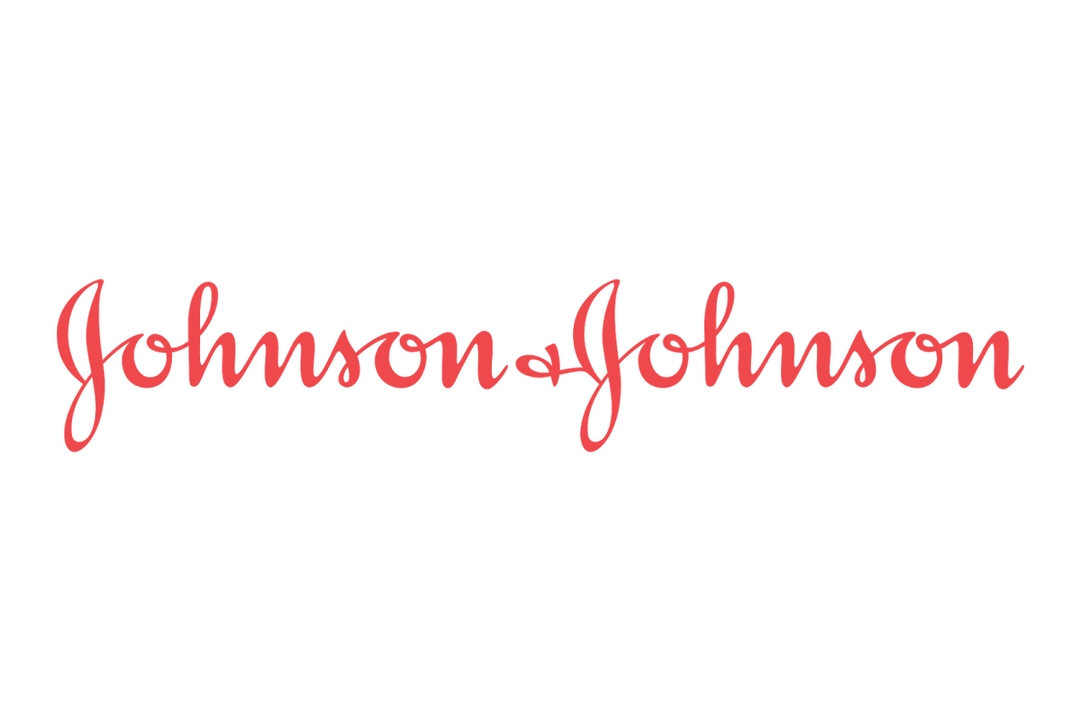Johnson & Johnson (JNJ.N) on Tuesday reported quarterly results that beat analysts’ estimates on strong demand for cancer drug Darzalex and its COVID-19 vaccine, even as the company cut its full-year adjusted profit forecast due to a stronger dollar.
J&J joins other major U.S. multinationals with sizeable international operations, including Microsoft Corp (MSFT.O) and IBM , in warning that a stronger dollar would hurt overseas sales.
But J&J’s shares rose 1% in morning trading as its strong second-quarter profit helped allay some investor concerns around the impact of the strong dollar, which has been driven by a hawkish Federal Reserve and heightened geopolitical tensions.
The company said it was raising prices of some products like painkillers and mouthwash in response to inflation.
“We do know that while folks are looking to generally cut back spending, that’s been in entertainment, dining out,” said Chief Financial Officer Joseph Wolk.
But “when it comes healthcare, better health, looking better, products like Aveeno, Neutrogena, Tylenol, Listerine, they seem to do really well, and consumers will prioritize those.”
Sales of cancer drug Darzalex of $1.99 billion beat estimates of $1.84 billion.
The company’s COVID-19 vaccine, which has seen slow demand due to safety concerns and productions hurdles, brought in sales of $544 million, versus estimates of $138 million. The company which suspended its sales outlook on the vaccine in May – said it was modifying the shot’s manufacturing capacity amid a glut of vaccine supply.
It did not disclose specifics but said the changes would result in additional costs that would be reported as a one-time charge. J&J said it still expects to meet its contractual supply commitments.
Total sales of $24.02 billion, with nearly half of the sales coming from outside the United States, beating estimates of $23.80 billion.
On an adjusted basis, the company earned $2.59 per share, beating estimates of $2.54 per share.
J&J now expects full-year adjusted profit of $10.00 to $10.10 per share, compared with its prior forecast of $10.15 to $10.35.
Source by: Reuters

